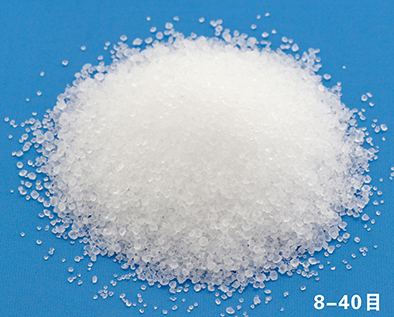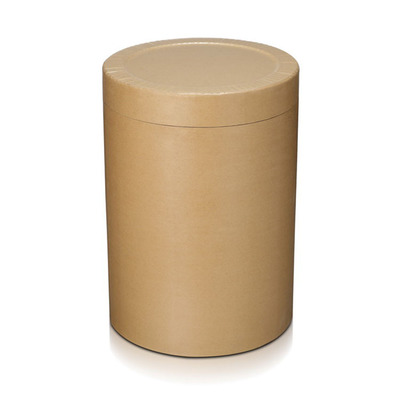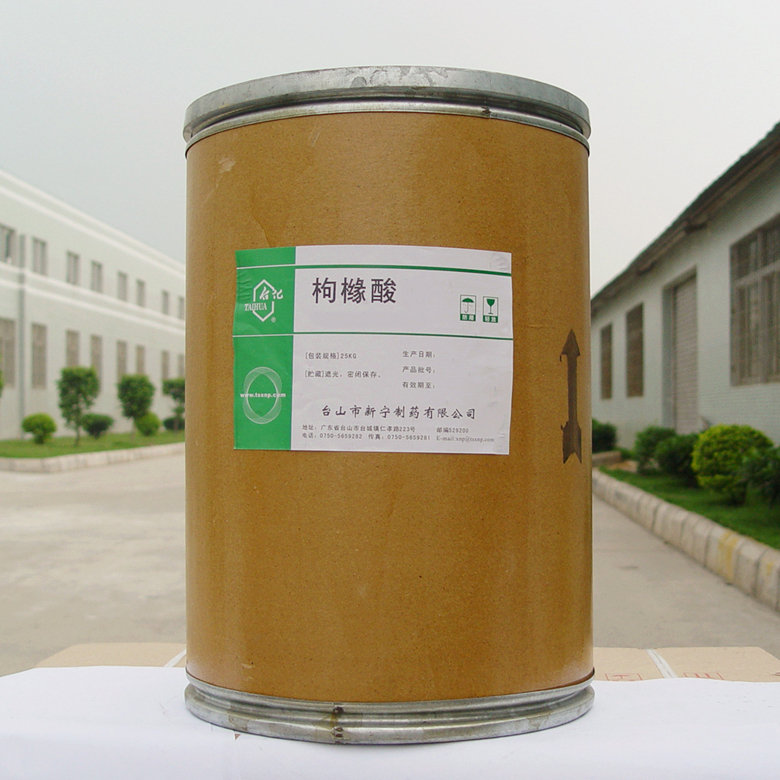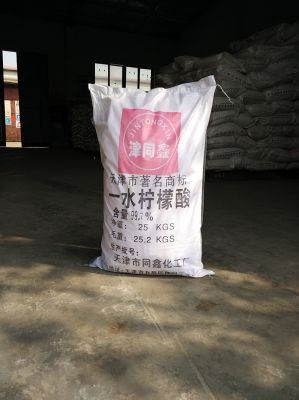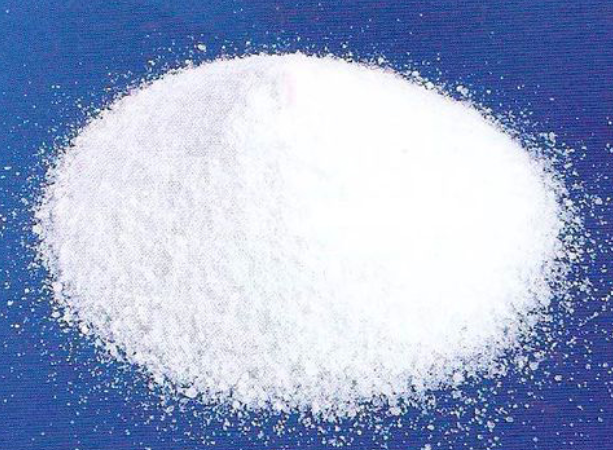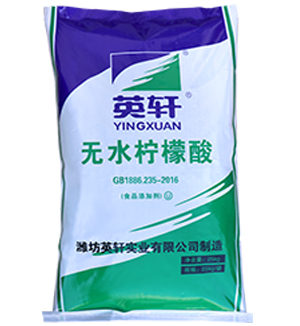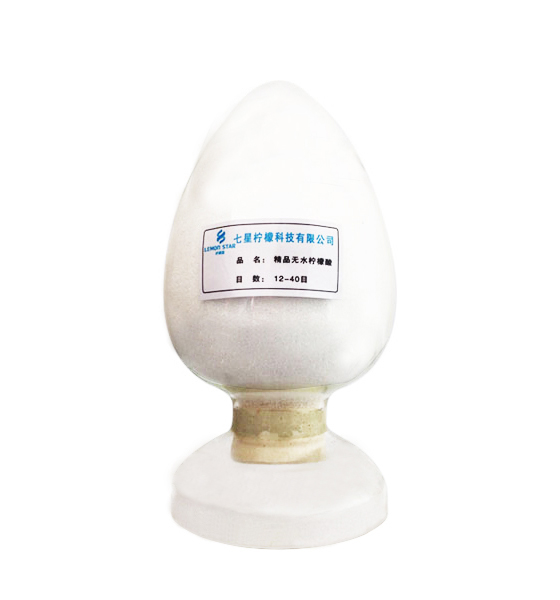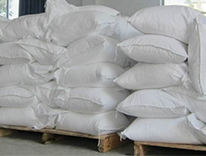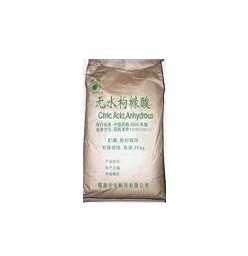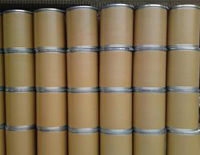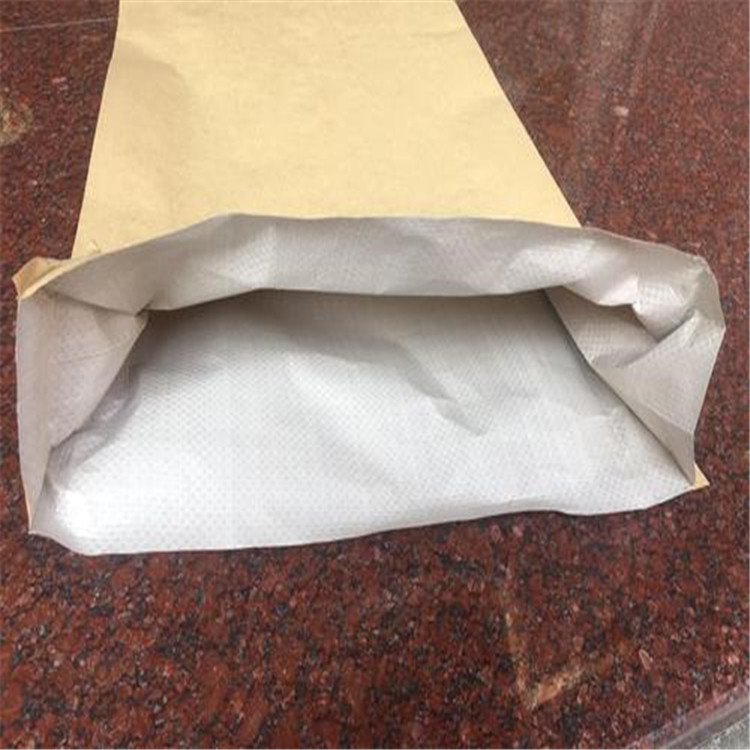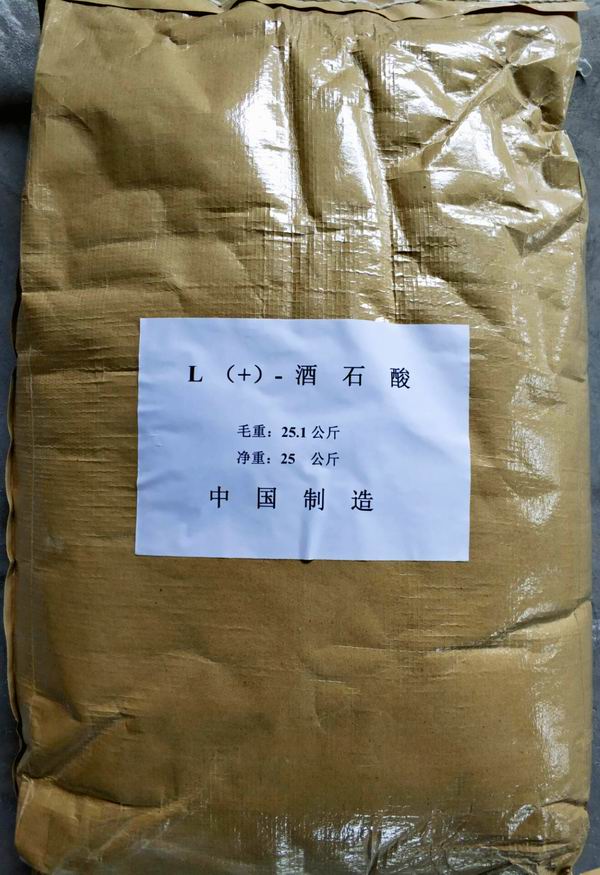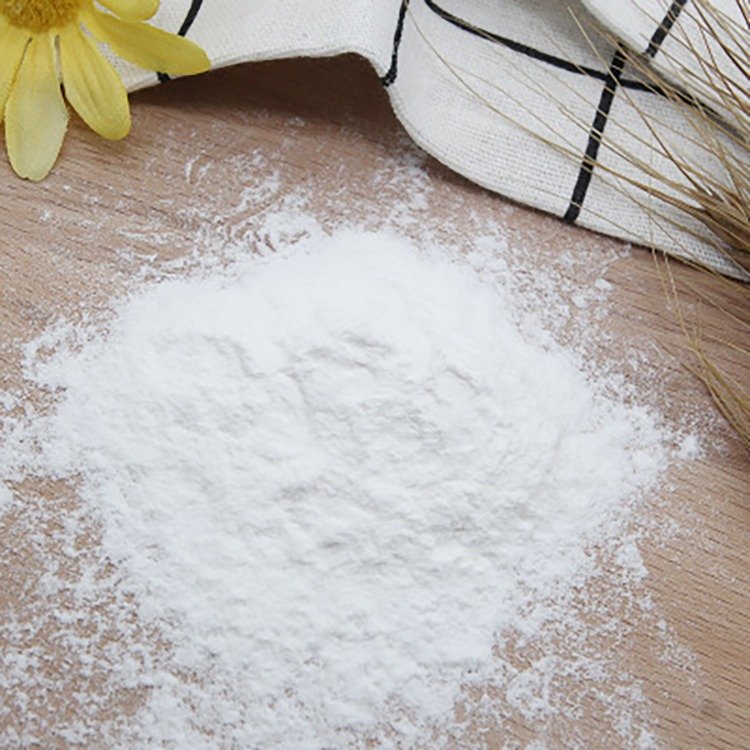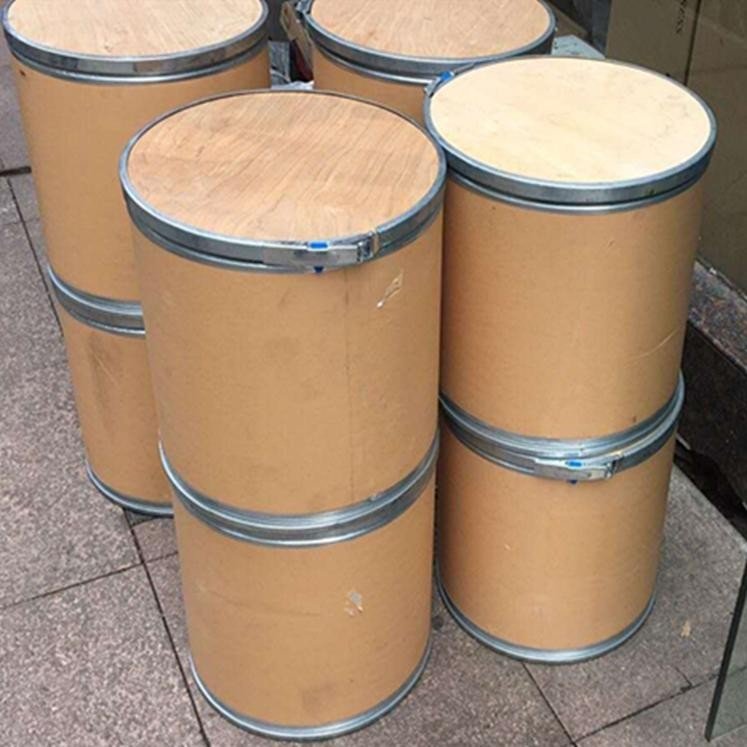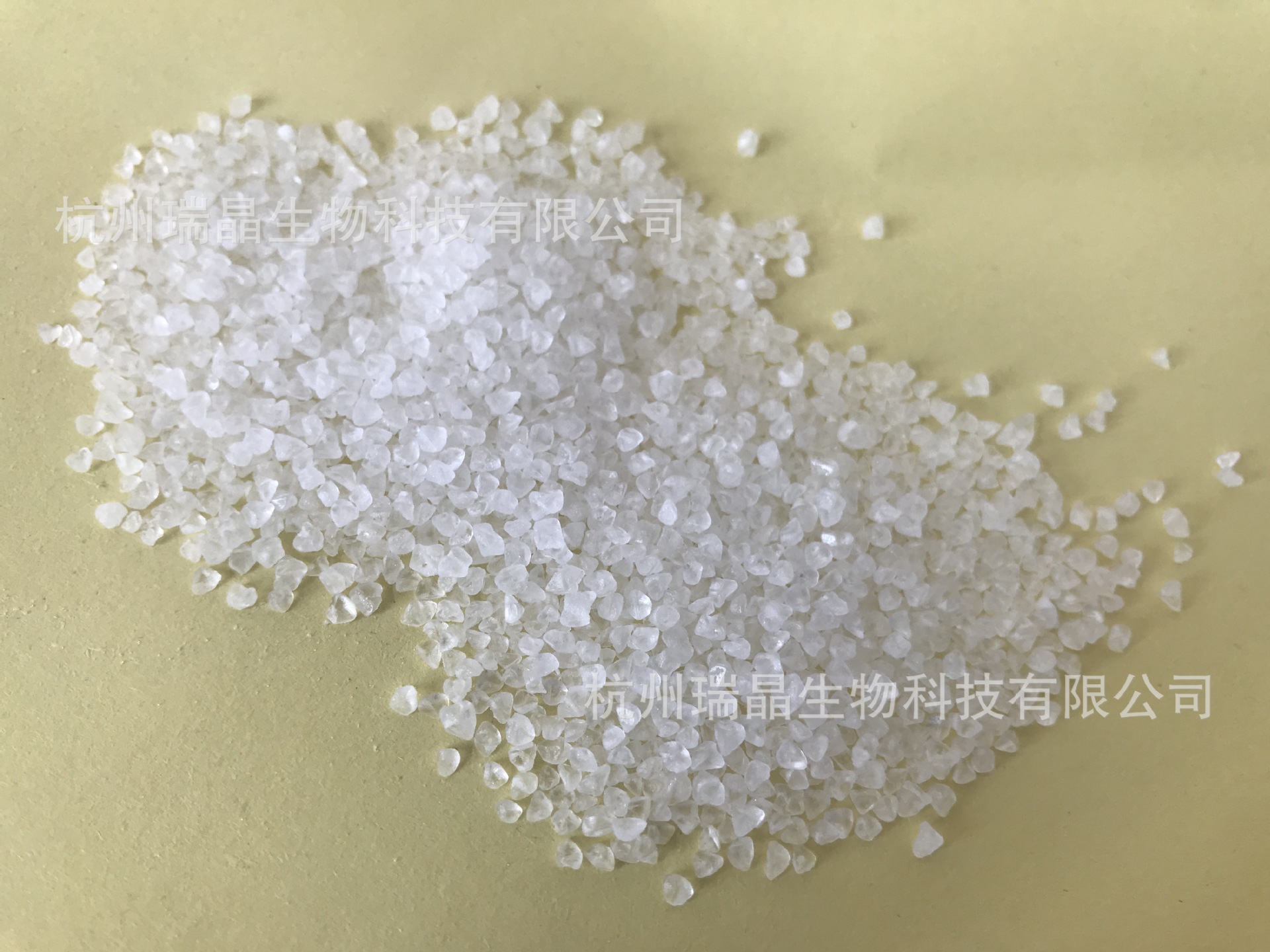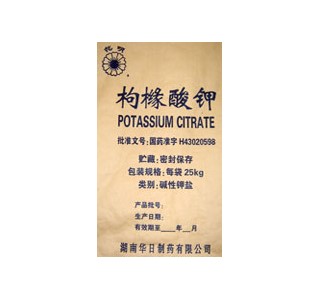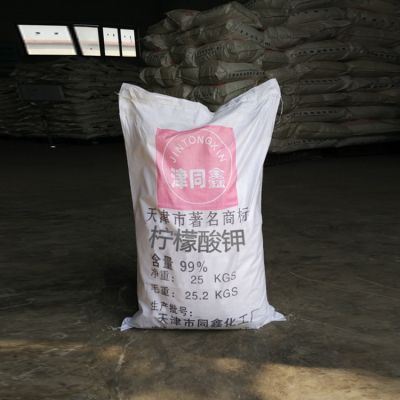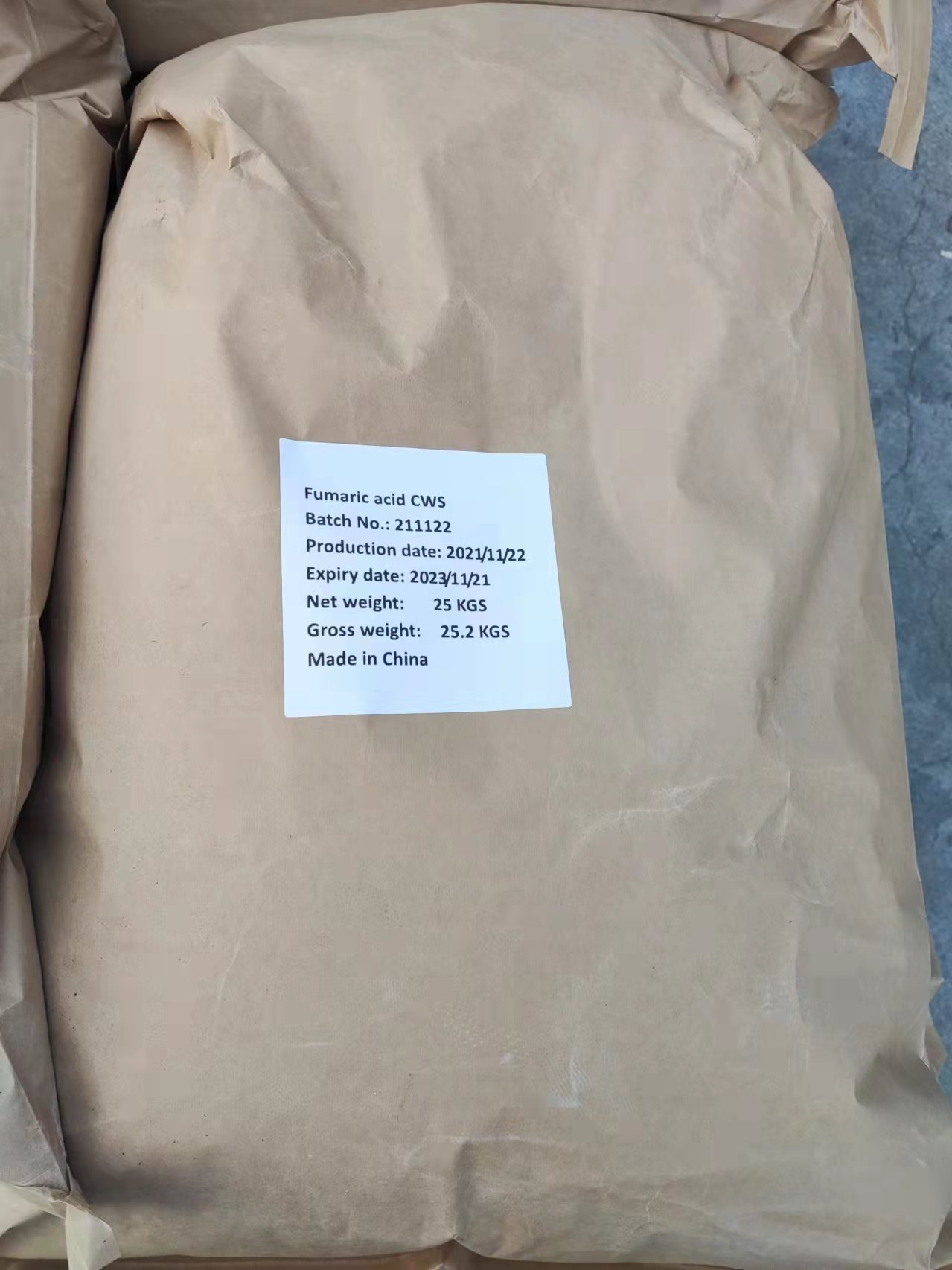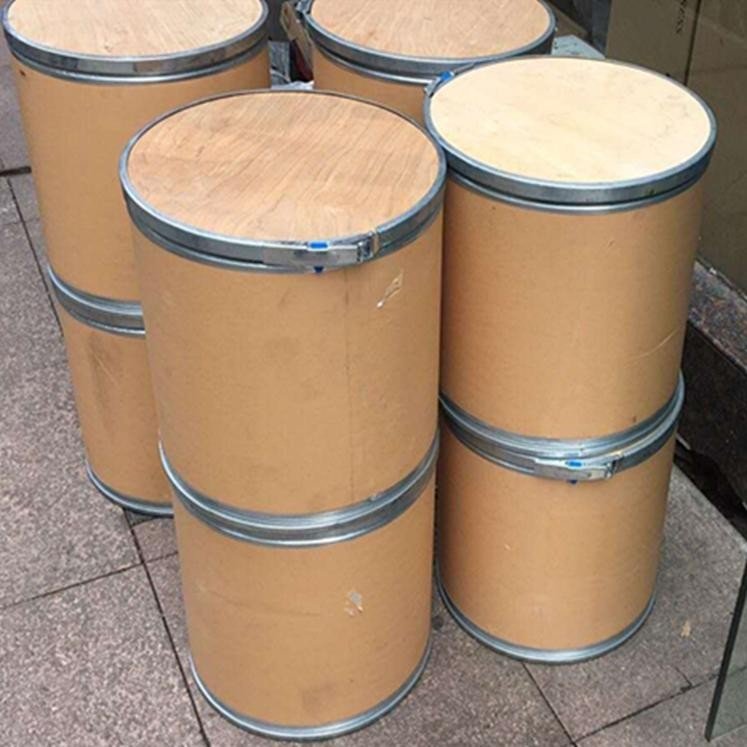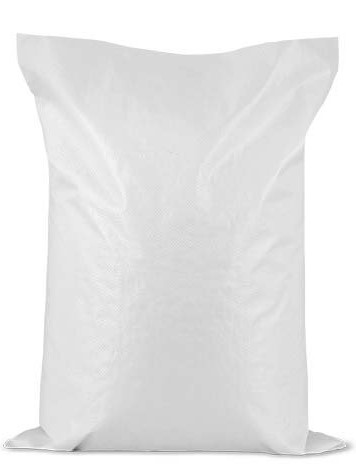Food(Feed) Additives
Feed Additive
Additives For Food Packaging
Colorant
Stabilizer and Coagulator
Water Retention Agent
Feed Deworming Health Agents
Anti Corrosion and Preservation
Color Fixative
Flour Treatment Agent
Defoamer
Coating Agent
Feed Vitamins
Emulsifier
Other Food Additives
Nutritional Fortifier
Thickening Agent
Feed Quality Enhancer
Antioxidants
Chewing Gum Bases
Bulking Agent
Feed Amino Acids and Small Peptides
Flavor Enhancer
Sweeteners
Additives For Feed Preservation
Other Feed Additives
Food Additive
Bleaching Agents
Anticaking Agent
Food Flavors and Fragrances
Enzyme Preparation
Feed Trace Elements
Acidity Regulators
Feed Growth Promoters
Feed Conditioner
Find
21
related chemicals for you
CAS:5949-29-1
Molecular Formula:C6H10O8
Alias
More Information
2-Hydroxypropane-1,2,3-Tricarboxylic Acid Hydrate; 1,2,3-Propanetricarboxylic Acid, 2-Hydroxy-, Monohydrate; 2,3-Propanetricarboxylicacid,2-Hydroxy-Monohydrate; Citric; Citric Acid Hydrate; Citric ACID, Monohydrate; Citric acid mono; Citric ACID(Monohydrate)
Brief Introduction
Citric acid monohydrate is mainly used in food and beverage industry as sour agent, seasoning agent, preservative and preservative. It is also used as antioxidant, plasticizer and detergent in chemical industry, cosmetics industry and washing industry.
Suppliers
View More Vendors (7) >
CAS:77-92-9
Molecular Formula:C6H8O7
Alias
More Information
Citric Acid Anhydrous; 3-Hydroxy-3-Carboxy-Pentanedioic Acid; 3'-Hydroxy-3-Biphenylcarboxylic Acid; Anhydrous Citric acid; 2-Hydroxypropane-1,2,3-Tricarboxylic acid; Citro; Citretten; Aciletten; Chemfill; Hydrocerol A; Kyselina Citronova; 2-Hydroxy-1,2,3-Propanetricarboxylic acid; 2-Hydroxytricarballylic acid; 3-Carboxy-3-Hydroxypentane-1,5-Dioic acid; Citcic acid; Citric Acid Anhydrous 30-100MESH; Cetric acid; Citric Acid Powder; 77929
Brief Introduction
Anhydrous citric acid is a kind of intermediate product of natural components and physiological metabolism in animals and plants, and also one of the most widely used organic acids in food, medicine, chemical industry and other fields. It is colorless, transparent or translucent crystal, or granular, particle like powder, odorless, although it has strong acid taste, but pleasant, slightly astringent. It is gradually weathered in warm air, and slightly deliquescence in humid air. Anhydrous citric acid is known as the first edible acid agent, and it is widely used in food industry as acid agent, solvent increasing, buffer, antioxidant, deodorizer and chelating agent. In the field of medicine, effervescent is a popular oral drug ingredient release system. Citric acid reacts with sodium carbonate or sodium bicarbonate aqueous solution to produce a large amount of CO2 (i.e. effervescent) and sodium citrate, which can make active ingredients in the drug dissolve rapidly and enhance taste ability. In industry, the citric acid based metal purification formula can effectively remove oxides formed on the surface of ferrous and non-ferrous metals. As a weak organic acid, it can cause slight damage to the metal surface layer. However, as a metal ion chelator, the migration of gold oxide is accelerated, in many steel leaching systems, In order to eliminate the stress crack of metal oxide and reduce the brittleness of high strength steel to the lowest degree, citric acid was used to remove rust instead of inorganic strong acid.
Suppliers
View More Vendors (7) >
Purity: Food grade: ≥99.5%, USP/Pharma grade: ≥99.8%, Technical grade: 95-98%
/
-
CAS:87-69-4
Molecular Formula:C4H6O6
Alias
More Information
2,3-Dihydroxybutanedioic Acid; Kyselinavinna; acid Tartaric; (2R,3R)-2,3-Dihydroxysuccinic Acid; Tartrate; L-(+)-Tartaric Acid; Tartaric Acid; L-Tartaric; Threaricacid; Tartaric; Dihydroxysuccinic Acid; Dextrotartaric Acid; Acidum Tartaricum; 2,3-Dihydroxydutanedioic Acid; (2R,3R)-(+)-Tartaric Acid; L (+) Tartaric ACID
Brief Introduction
2,3-Dihydroxybutanedioic acid is mainly used as sour taste agent, resolution agent and pharmaceutical raw materials. As an antioxidant added in food, it can make food sour. 2,3-Dihydroxybutanedioic acid is widely used as an acid in beverages and other foods. It is used in wine, soft drinks, candy, bread and some gelatinous sweets. 2,3-Dihydroxybutanedioic acid is also the raw material of pharmaceutical industry. In the mirror making industry, 2,3-dihydroxybutanedioic acid is an important auxiliary and reducing agent, which can control the formation rate of silver mirror and obtain a very uniform coating. It can be used as biochemical reagent, masking agent, beer foaming agent and tanning industry.
Suppliers
View More Vendors (6) >
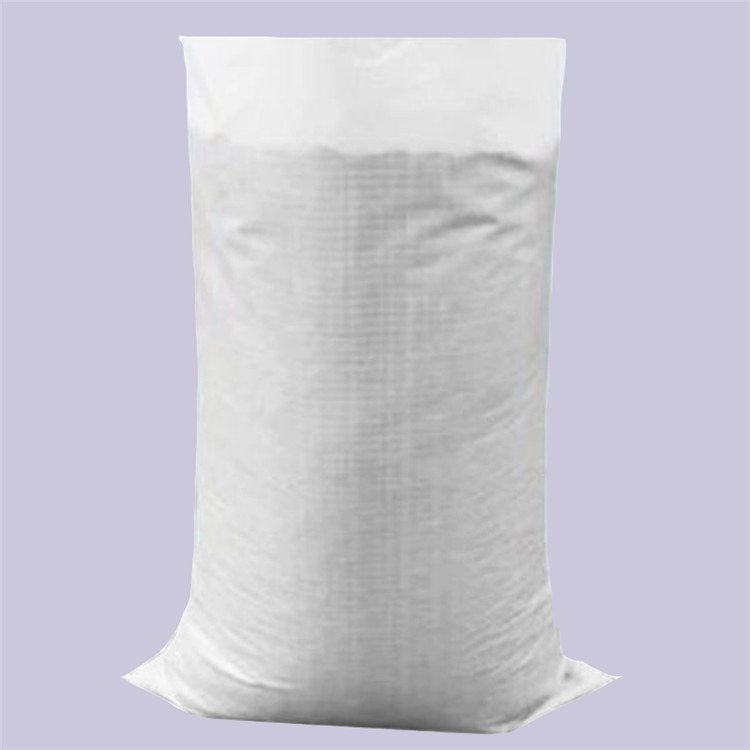
(IV)FCC;≥99.7-100.5%
/
Tech Grade
40kg
/
Iron Drum
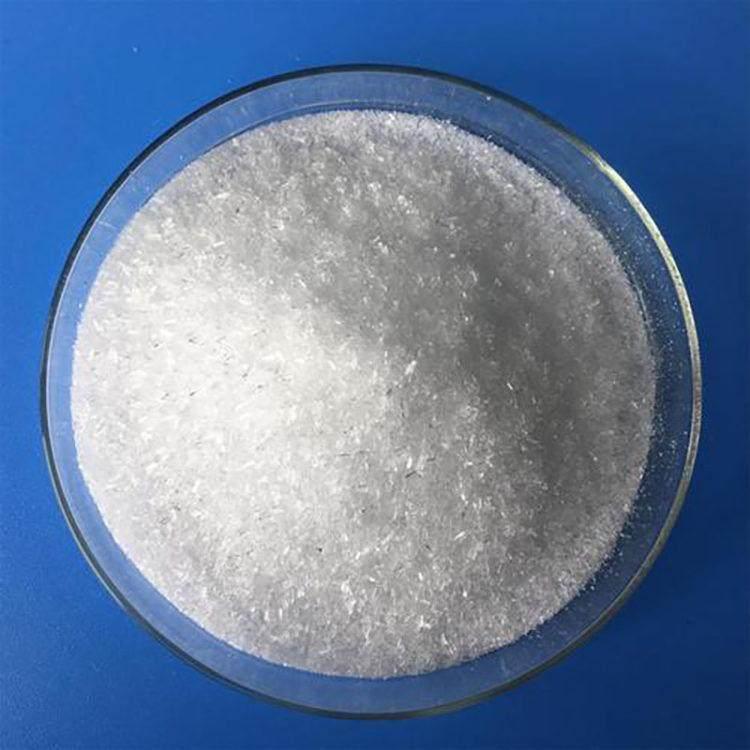
<GB 25545-2010,FCC,USP>;99.7%~100.5%
/
Food Grade
25kg
/
Paper Bag
CAS:866-84-2
Molecular Formula:C6H5K3O7
Alias
More Information
Seltz-K; Potassiumcitrateanhydrous; Kajos; Sdtripotassium Citrate; Tripotassium Citrate; Tripotassium;2-Hydroxypropane-1,2,3-Tricarboxylate
Brief Introduction
It is used as buffer, chelating agent, stabilizer, antioxidant, emulsifier, seasoning agent, etc. in food industry. Potassium citrate can also be used in milk and dairy products, jelly, jam, meat, canned hydrogel dim sum, cheese emulsification, citrus preservation, etc. In the pharmaceutical industry, it is used for hypokalemia, potassium deficiency and alkalized urine.
Suppliers
View More Vendors (4) >
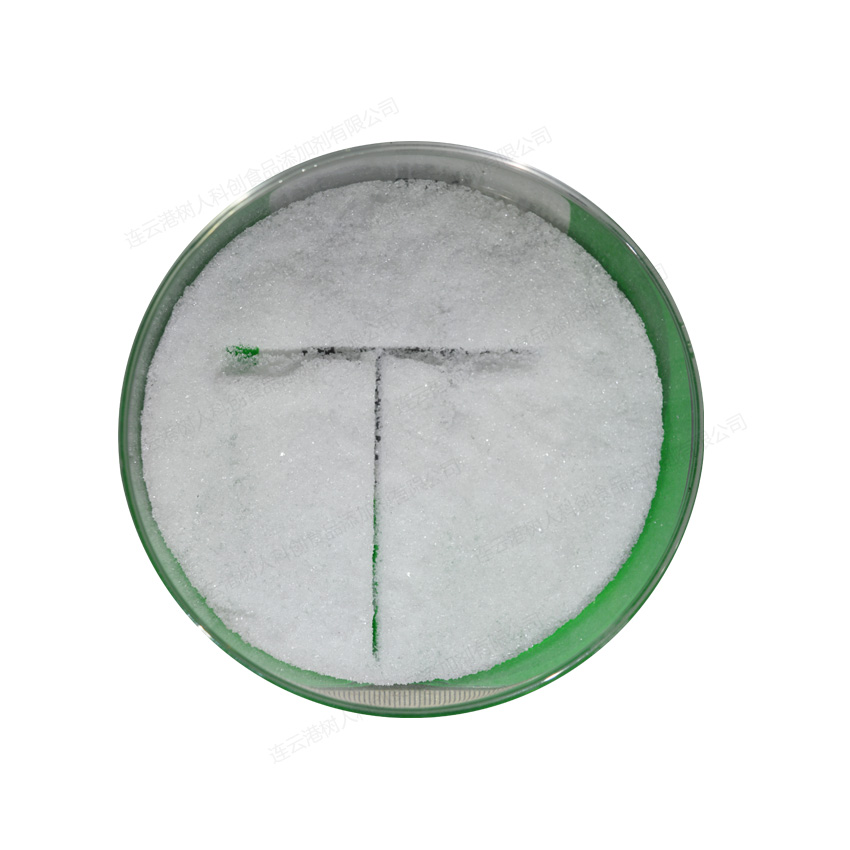
USP-30 99.0%-100.5%
/
Food Grade
25kg
/
Paper Bag
CAS:110-17-8
Molecular Formula:C4H4O4
Alias
More Information
2-Butenedioic Acid (E)-; Trans-2-Butenedioic Acid; 2-Butenedioic Acid; Trans-Butenedioic Acid; FA; Allomaleic Acid; Lichenic Acid; Fumarate; (2E)-But-2-Enedioic Acid
Brief Introduction
Fumaric acid appears as a colorless crystalline solid. The primary hazard is the threat to the environment. Immediate steps should be taken to limit spread to the environment. Combustible, though may be difficult to ignite. Used to make paints and plastics, in food processing and preservation, and for other uses.
Fumaric acid is a butenedioic acid in which the C=C double bond has E geometry. It is an intermediate metabolite in the citric acid cycle. It has a role as a food acidity regulator and a fundamental metabolite. It is a conjugate acid of a fumarate(1-).
Suppliers
View More Vendors (4) >
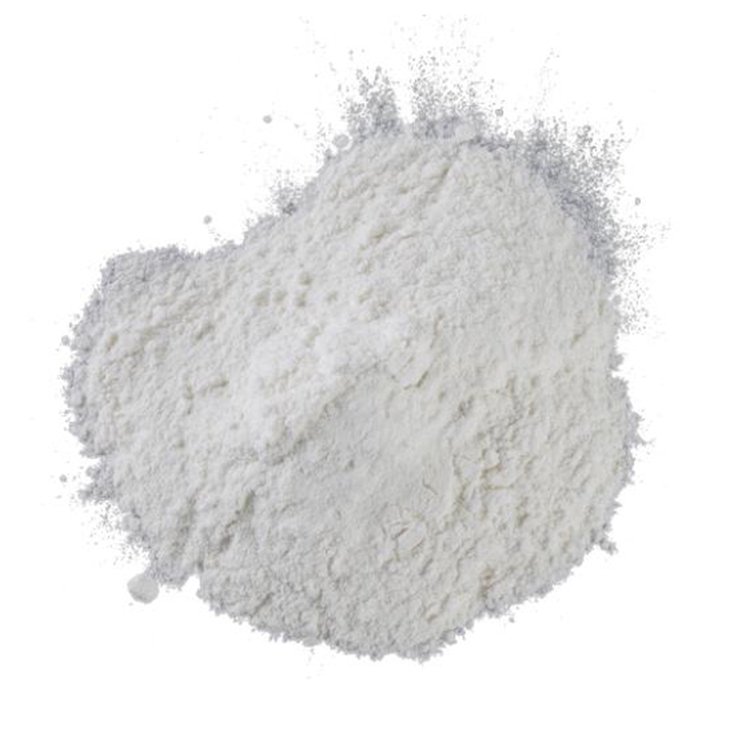
<GB 25546-2010,FCC,USP>;99.5%~100.5%
/
Food Grade
600kg
/
Woven Bag
Inquiry (
10
/ 10
)
Clear All
You can inquire for up to 10 products at a time
Sign In
Error!

